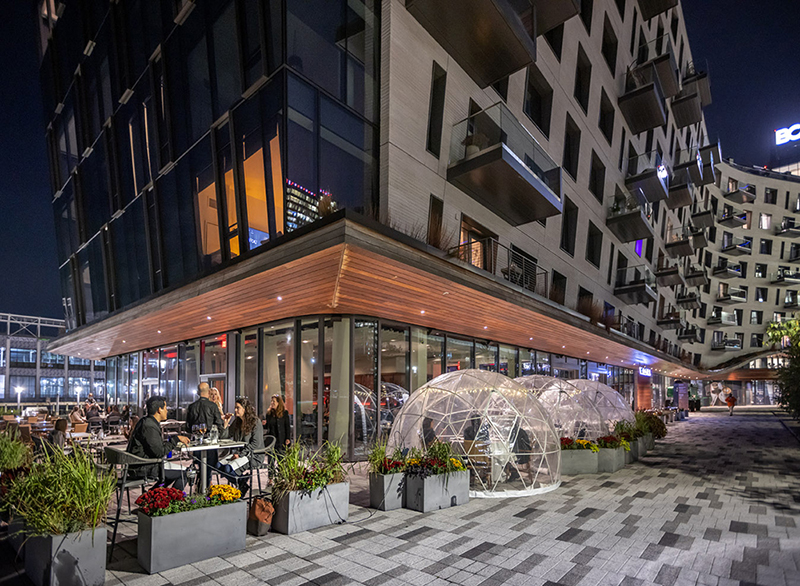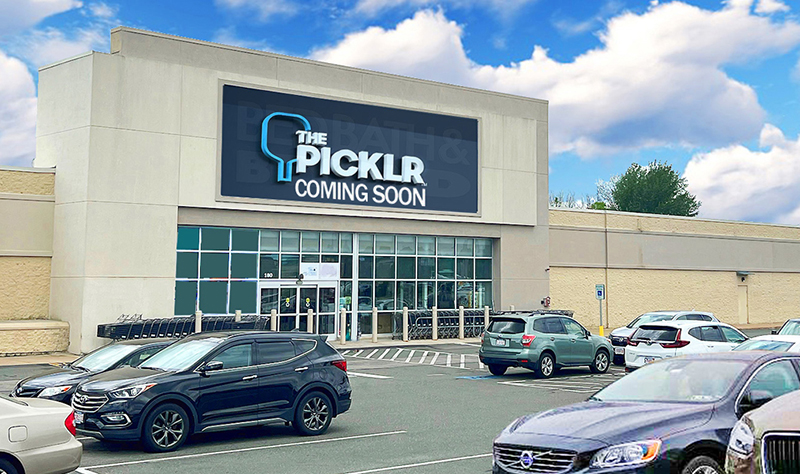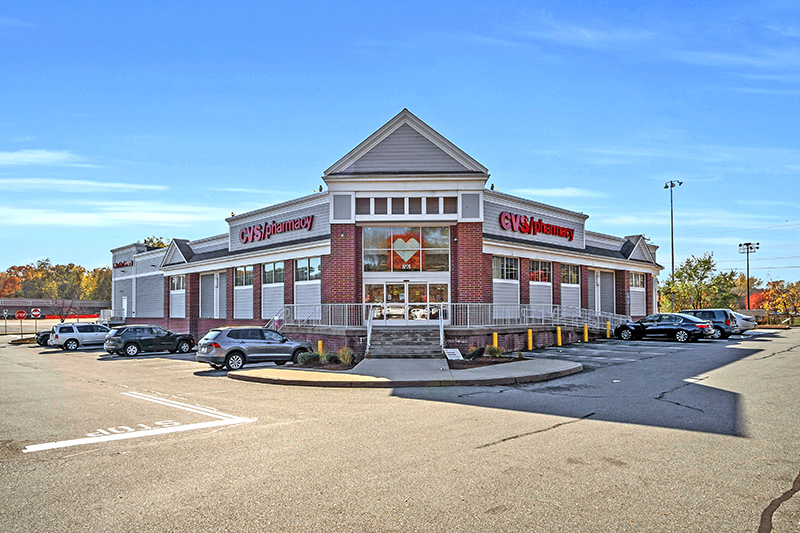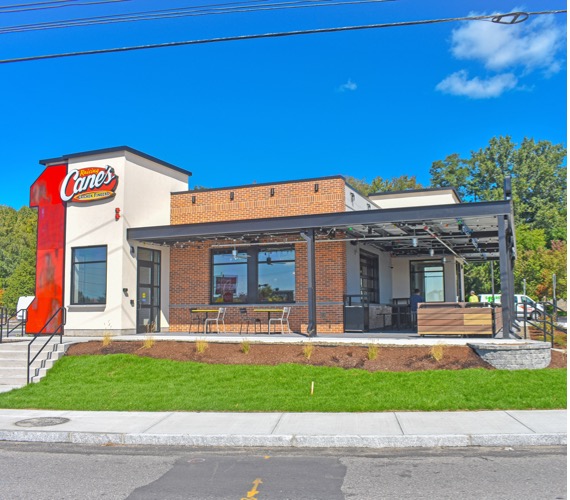Tishman Speyer Properties sells Pier 4 Retail in the Seaport for $12 million - a 16,134 s/f urban retail condominium leased to two full-service restaurants

Boston, MA JLL Capital Markets has closed the $12 million sale of Pier 4 Retail, a 16,134 s/f urban retail condominium leased to two full-service restaurants in the city’s Seaport neighborhood. JLL advised the seller, Tishman Speyer Properties.
Completed in 2019, Pier 4 Retail is a trophy retail property leased on a long-term basis to two high-volume, chef-inspired restaurants, Nautilus and Woods Hill at Pier 4. These popular restaurants performed well during the pandemic and have a built-in customer base from The Residences at Pier 4, a LEED gold, 100% occupied luxury condominium building with 106 residential units situated above the restaurants.
Pier 4 Retail is at 300 Pier 4 Blvd. in the the Seaport District, which embodies the 24-hour urban lifestyle. Already stamped as having the city’s highest concentration of tier-one amenities, the Seaport has quickly become the “it” neighborhood, serving as a popular destination for eateries, retailers, hotels and major employers alike. The prominence of the city’s Seaport continues to evolve as new developments and “tenant in-migration” fuel its rapid growth. Over the past several years, more than 12 million s/f of commercial space has been developed with over 3.3 million s/f under construction. Additionally, the district is home to 4,000 multi-housing units with more than 1,300 under construction and over 4,000 hotel rooms. The Seaport is emerging as one of the nation’s top destinations for life sciences and, once built out, will be the nation’s second largest concentration of life science space.
The JLL Retail Capital Markets team advising the seller was led by senior managing director Chris Angelone, managing director Nat Heald, director Kellie Coveney and director Zach Nitsche.
Investors have shown renewed interest in prime urban retail, and, according to JLL Research’s recently released Food & Beverage Report, consumers are also hungry for novel and fun experiences when they dine out, and chef-driven cuisine is attracting diners.
Mace of KeyPoint Partners negotiates 36,192 s/f lease for The Picklr at Endicott Square
Danvers, MA KeyPoint Partners (KPP) negotiated a lease with the nation’s premier indoor pickleball venue The Picklr at Endicott Sq. Vice president of retail brokerage Don Mace negotiated the transaction on behalf of the landlord.





.jpg)


